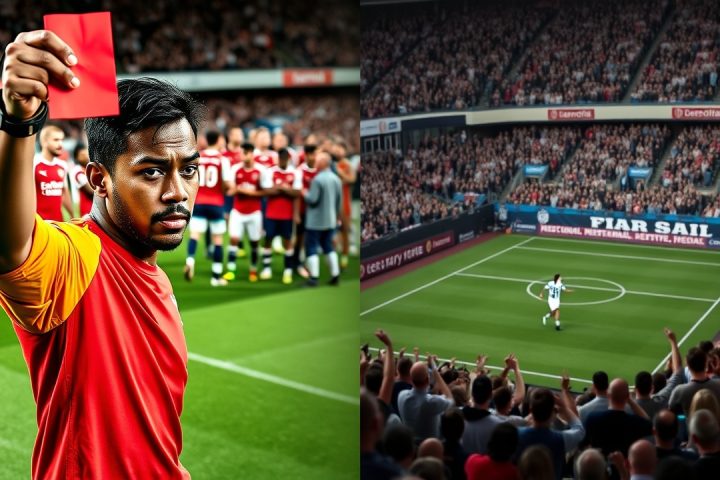Adidas Unveils New Ball for FIFA Club World Cup
As the highly anticipated FIFA Club World Cup gears up to take place in the United States, Adidas has introduced its designed ball for the tournament just in time for kickoff this weekend. According to Sam Handy, the company’s general manager of football, the firm dedicated eighteen months to perfecting the ball’s design, aimed at embodying a bold and distinctly American theme, even if its name, the FIFA Club World Cup 25 Pro Ball, seems somewhat uninspired.
Design and Sustainability
This year’s iteration is a sophisticated blend of materials, consisting of 61% polyurethane, 30% recycled polyester, and 9% viscose, marking a step towards more sustainable production practices, a trend echoed in the Euro 2022’s Fussballliebe ball. Though aesthetics play a role in a ball’s effectiveness—in terms of visibility during play—factors such as the ball’s response upon impact hold greater significance.
Performance Evaluation
To properly evaluate its performance, researchers at Loughborough University conducted comprehensive trials using a unique ‘kicking robot’ as well as human athletes. The robot is a highly specialized piece of equipment, found alongside similar technology at Adidas and Nike’s headquarters. Human players participated in kick tests against other balls utilized in English football, including the Premier League’s Nike Flight and the Carabao Cup’s Puma Orbita 1.
In this controlled environment, players executed five set kicks from 24 yards, captured with a high-speed camera that recorded performance metrics at a frame rate of 1,000 frames per second. While the robotic tests rendered no considerable differences in speed or spin across the balls, human testers noticed varying results. According to Professor Andy Harland, who analyzed the results, the Club World Cup ball was spun more effectively by the trialists compared to the other models tested.
Interestingly, each player clocked their fastest shots using the Club World Cup ball, with feedback suggesting a requirement for precision as it features a smaller ‘sweet spot’ compared to its competitors.
Players expressed that the feel of the ball was distinctive, describing it as ‘rock-hard’ and lacking in grip, which may contribute to its spin capabilities. They indicated it might perform best in open play situations, ideal for long passes kept low.
Innovation and Evolution
Produced in Pakistan—home to a majority of the world’s football production—the ball is crafted using Adidas’ innovative PRECISIONSHELL technology, which integrates a unique 20-panel design with airflow-controlling grooves. While the ball is marketed with a two-year shape guarantee, its advanced features include an internal sensor that transmits data at 500 times per second, aiding in referee decisions through enhanced offside technology.
Contrasting starkly with its predecessors, the Club World Cup ball symbolizes a significant advancement from the controversial Fevernova used during the 2003 Women’s World Cup, which had seen criticism from players like Gianluigi Buffon for its unpredictable nature. The improved construction—shifting from hand-stitched to thermally bonded methods since 2004—speaks volumes about the evolution of football technology. Each new generation has raised expectations and benchmarks for what a match ball should achieve in consistency and performance.
Looking Ahead
The upcoming month promises to provide ample opportunity to evaluate Adidas’ claims of enhanced accuracy and reliability through sixty-three matches, opening a new chapter in the ongoing quest for the perfect football.




